7 tips for a low-maintenance garden.
Opt for ornamental grasses: “If you are looking for a formal garden style, consider using grassy plants like Dietes grandiflora instead of shrubs which would require regular trimming and pruning.” – Craig de Necker, managing director of The Friendly Plant

Edge your lawn: “If you adore your lawn, make sure to shift your focus to maintaining it properly. A lawn sets the tone for any garden and if it’s well maintained it immediately sets the tone for a well-maintained garden. Use edging to separate the lawn from the planting areas and to prevent the lawn shape from changing or getting smaller during mowing and edging. For geometric and straight lines cobbling works very well. Be sure to match it to your architecture and outdoor flooring finishes. Steel edging does well in curved lawns. For a naturalistic garden, opt for organic lines edged by small natural stones.” – Margot van der Westhuizen, landscape designer
Hedge the beds around your lawn: “Hedging around a lawn adds to a formalised and manicured look, while reducing the maintenance required to keep beds looking neat. Depending on the species, hedges require clipping about once every three weeks in summer and once every six to eight weeks in winter.” – Margot van der Westhuizen
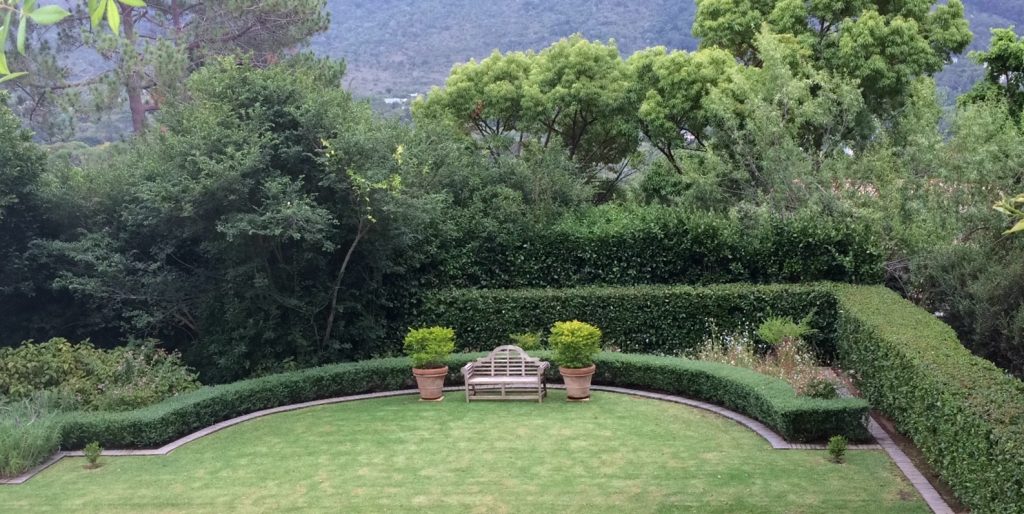
Don’t be afraid to use deciduous trees: “When the leaves fall, simply use a rake or leaf blower to scatter them in your plant beds – this creates a mulch layer that looks neat and conserves water due to reduced evaporation. As time goes on this will compost into the soil.” – Craig de Necker

Think ahead: “Use perennial plants which have a longer life span rather than annuals that would need replacement every few months.” – Craig de Necker

Use locally indigenous plants: “Locally indigenous plants are those that are naturally growing in the natural areas around your home. These plants are well adapted to the environmental conditions and require minimal care to thrive. They are also seldom affected by some of the common pest infestations that plague many gardeners such as the presence of caterpillars, beetles, aphids and ants. By using locally indigenous plants, your garden will become an extension of our green spaces and will attract a host of wildlife that will take care of those nasties for you.” – Glenice Ebedes, garden designer and owner of Grounded Landscaping
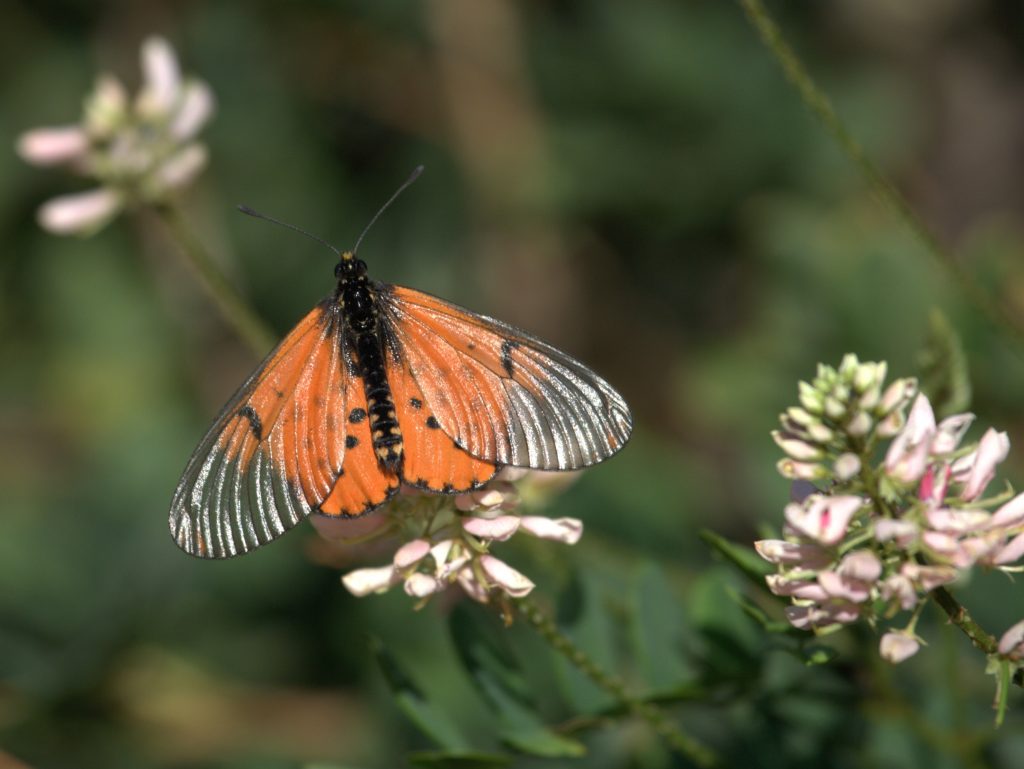
Plant less lawn: “Contrary to common belief, reducing the size of your lawn area to make your bedding areas larger will actually reduce your maintenance time and costs. Furthermore, it allows for greater biodiversity as it creates space for more plant species of interest and to attract wildlife to your garden. For smaller gardens, the trend is to avoid planting lawn completely. Instead of lawn, you could plant some indigenous wild grasses that will provide colour, texture and movement in the garden as well as providing seed for birds. In areas where low-growing plants are required to create an open feel, you could plant flat and spreading groundcovers such as Dymondia margaretae (Silver carpet) or Falkia repens (White carpet) which work effectively in low-traffic areas and add a splash of colour with their delicate flowers.” – Glenice Ebedes
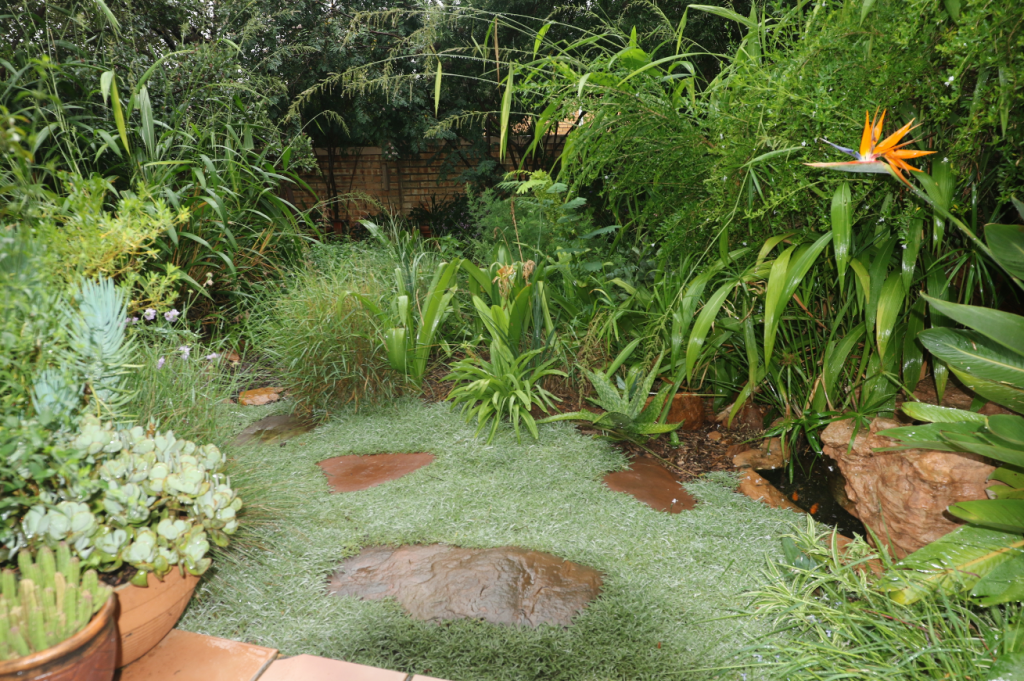





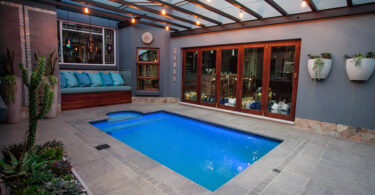


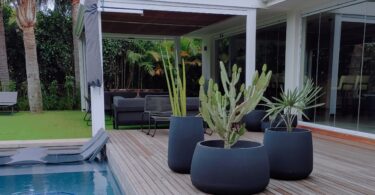
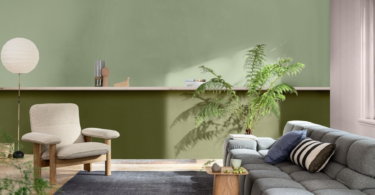
Leave a Comment